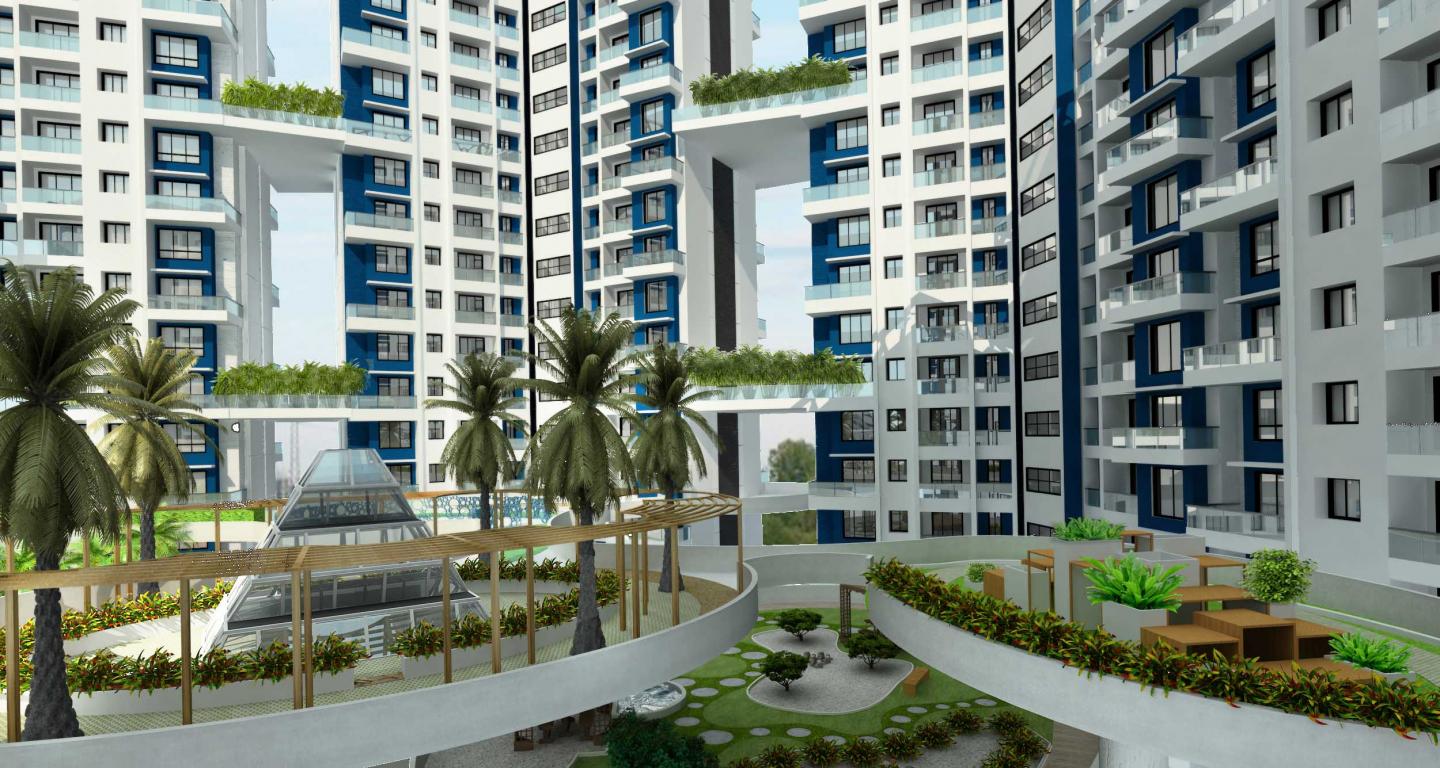As urbanization continues to accelerate, cities are faced with the challenge of balancing development with environmental sustainability. One innovative solution that has gained significant traction in recent years is vertical gardening. In this article, In this article, Ar. Rinki Kotak Principal Architect, and Co-Founder of 4th Dimension, Mumbai’s leading architecture firm discusses the integration of lush greenery into skyscraper facades and how vertical gardens bring significant benefits to both the environment and the urban landscape.
The Environmental Advantages of Vertical Gardens
Vertical gardens act as natural air filters, absorbing pollutants and carbon dioxide from the surrounding atmosphere. This helps to reduce air pollution and improve overall air quality in urban areas.
Plants in vertical gardens can help to insulate buildings, reducing the need for heating and cooling. This can lead to significant energy savings and lower carbon emissions.
Vertical gardens can provide valuable habitat for a variety of plant and animal species, contributing to urban biodiversity. They can also help to mitigate the effects of climate change by providing shade, reducing stormwater runoff, and improving soil health.
Plants can help to absorb noise pollution, creating a quieter and more pleasant environment for residents and workers.
The Aesthetic and Social Benefits of Vertical Gardens
Vertical gardens add a touch of natural beauty to urban skylines, creating more visually appealing and inviting cities.
Studies have shown that exposure to greenery can have a positive impact on mental health. Vertical gardens can help to reduce stress, improve mood, and enhance overall well-being.
Community Engagement: Vertical gardens can be used to create community gardens, fostering a sense of belonging and encouraging social interaction.
Challenges and Considerations
While vertical gardens offer numerous benefits, there are also some challenges to consider. The initial cost of installation can be high, and ongoing maintenance is required to ensure the health of the plants. Additionally, the weight of the plants and soil can put additional strain on the building structure.
The Future of Vertical Gardening
Despite these challenges, the future of vertical gardening looks promising. As technology advances and costs continue to decline, vertical gardens are becoming more accessible and practical for a wider range of building types. With continued research and development, we can expect to see even more innovative and sustainable vertical garden solutions in the years to come.
In conclusion, vertical gardens offer a sustainable and innovative solution to the challenges of urbanization. By incorporating greenery into the facades of skyscrapers, we can create healthier, more sustainable, and more visually appealing cities. As we strive to build a greener future, vertical gardens represent a promising path forward.
2024
Conceptual Design
Ar. Mihir Kotak
Ar. Rinki Kotak


